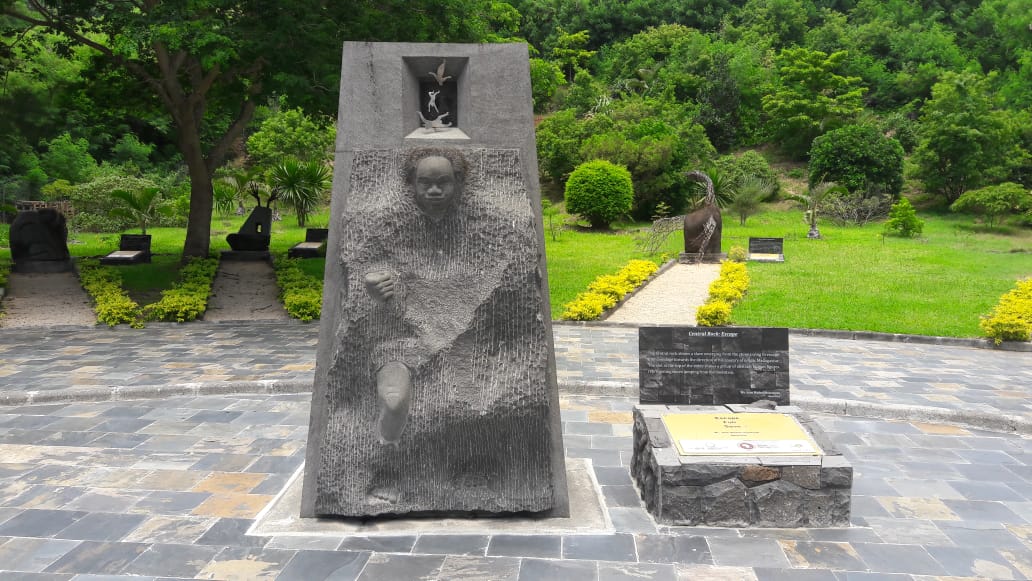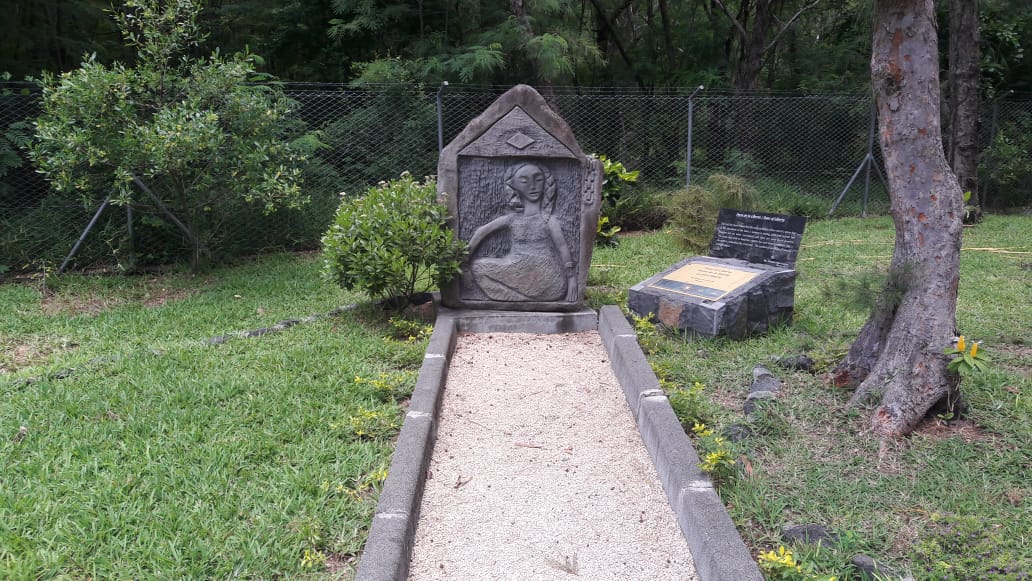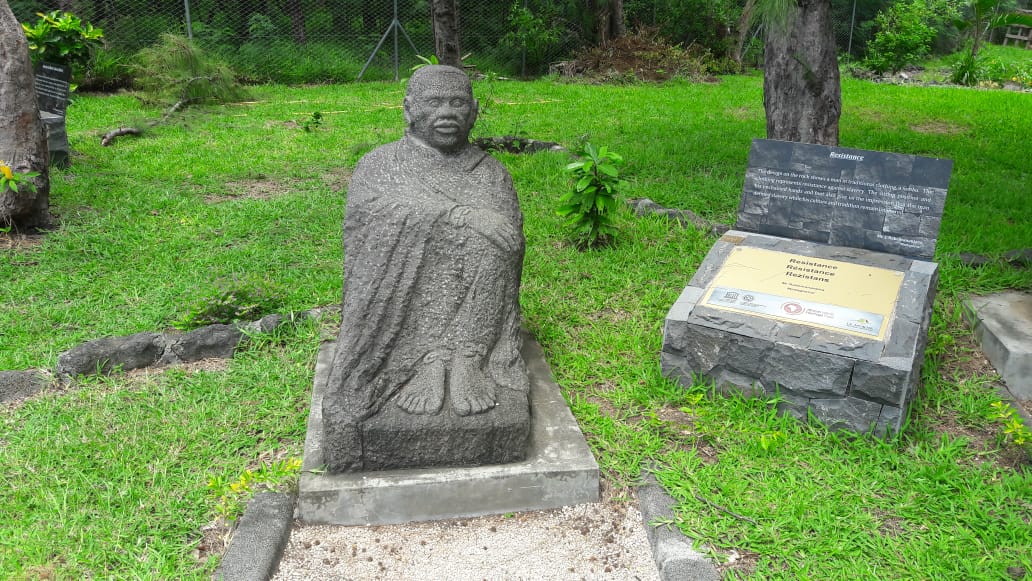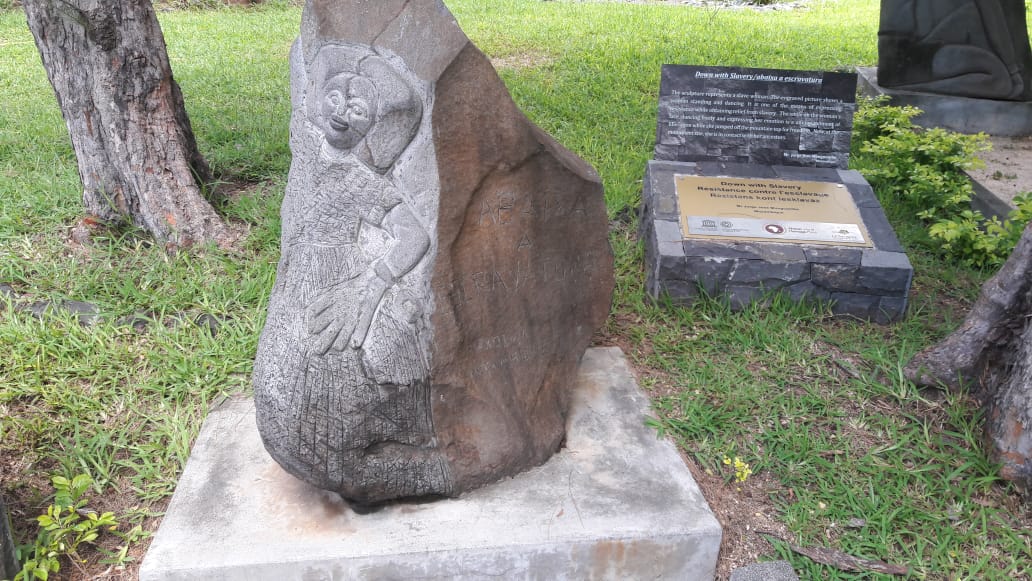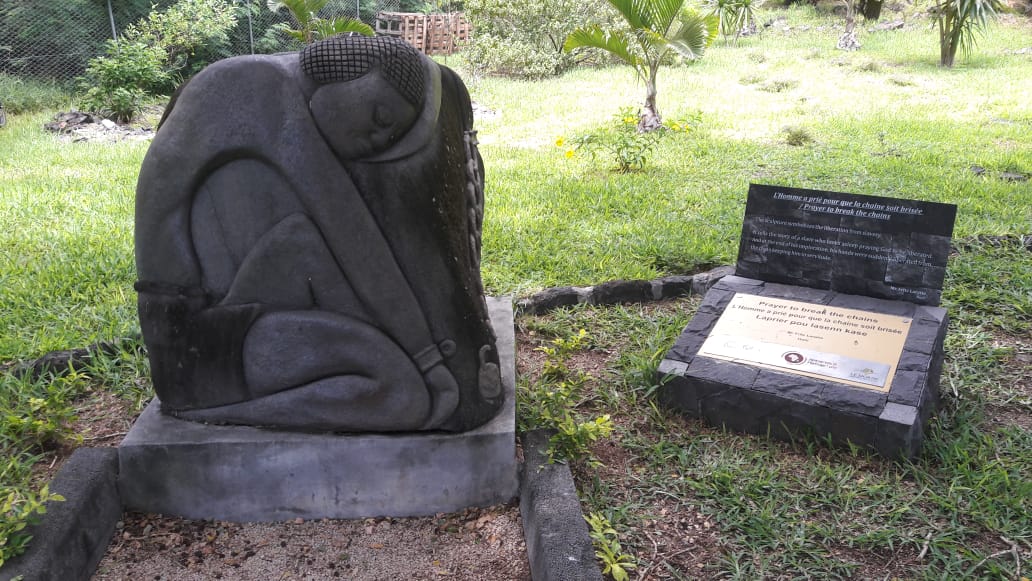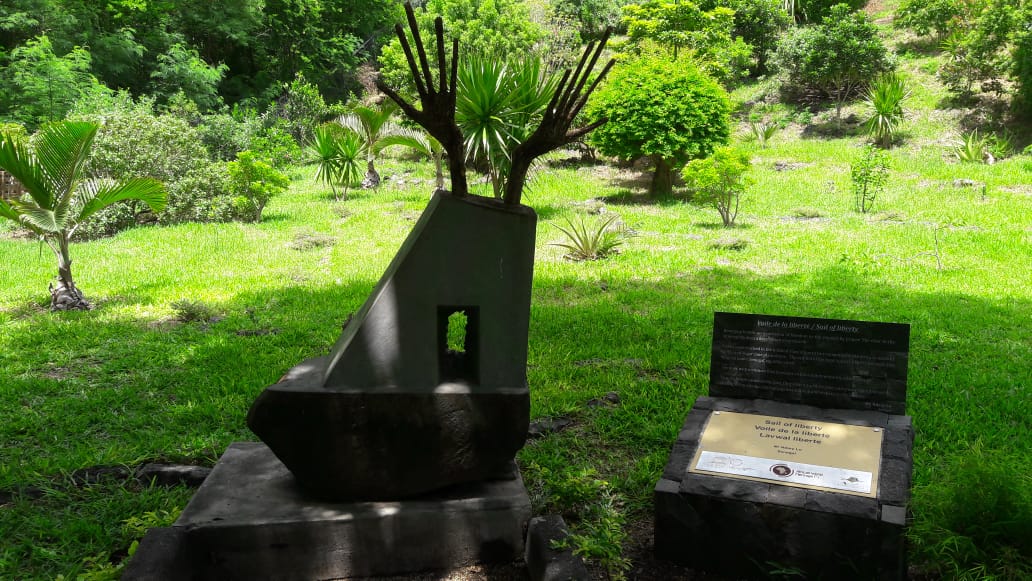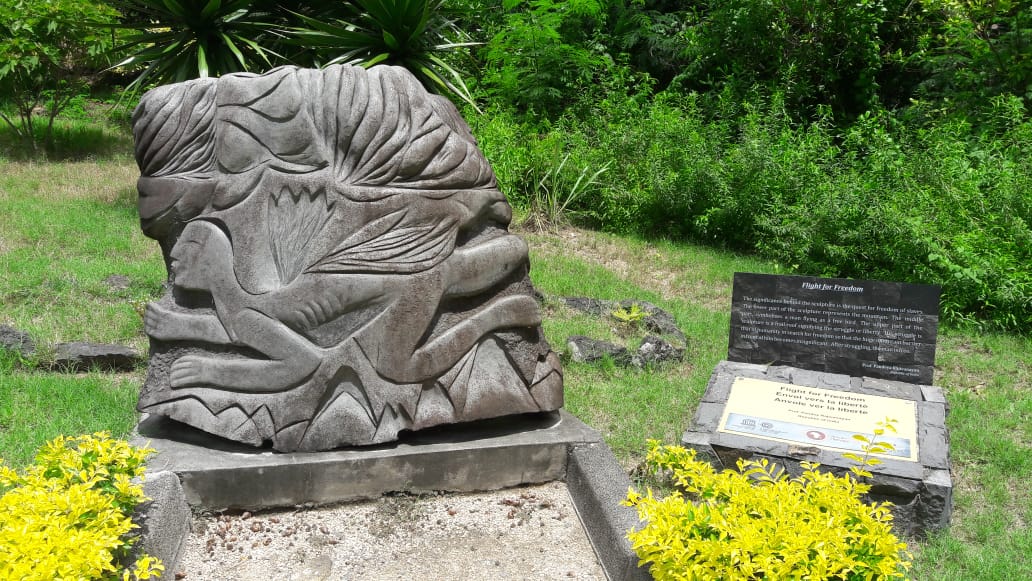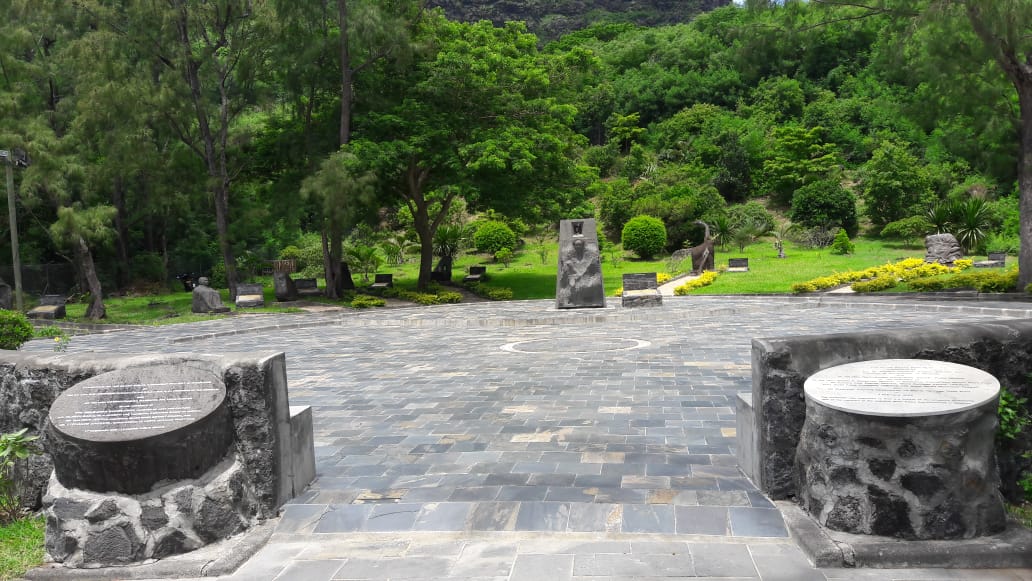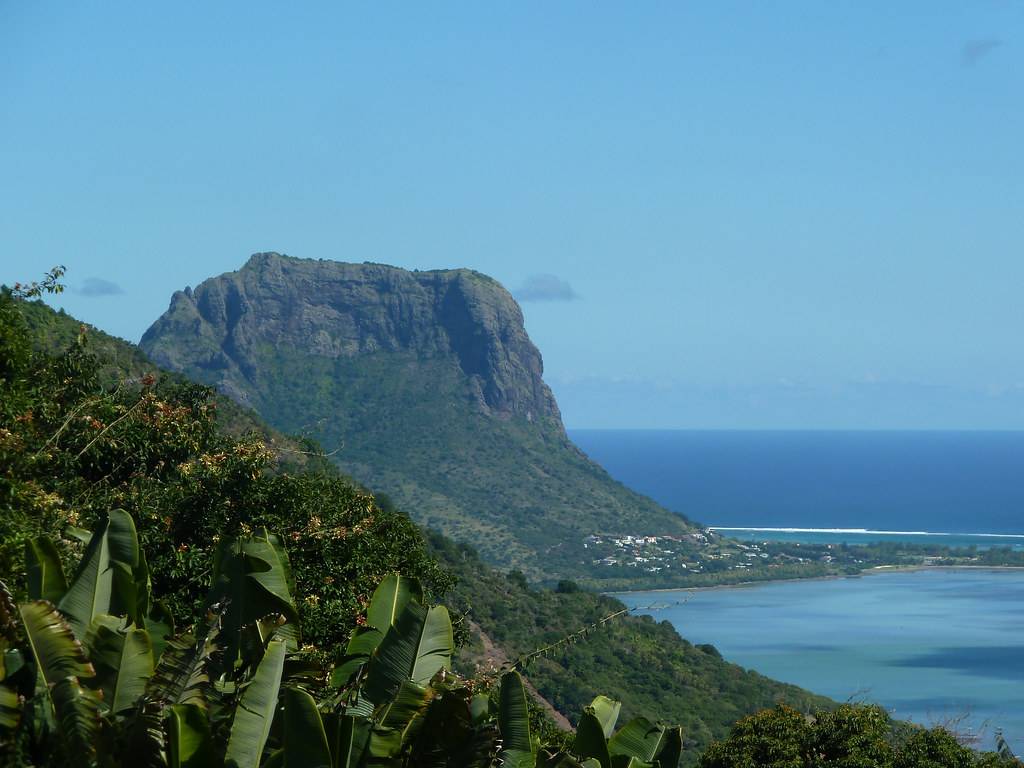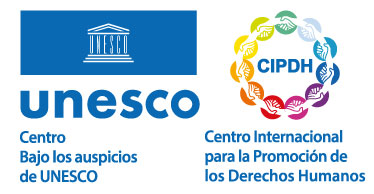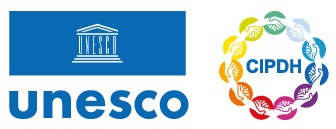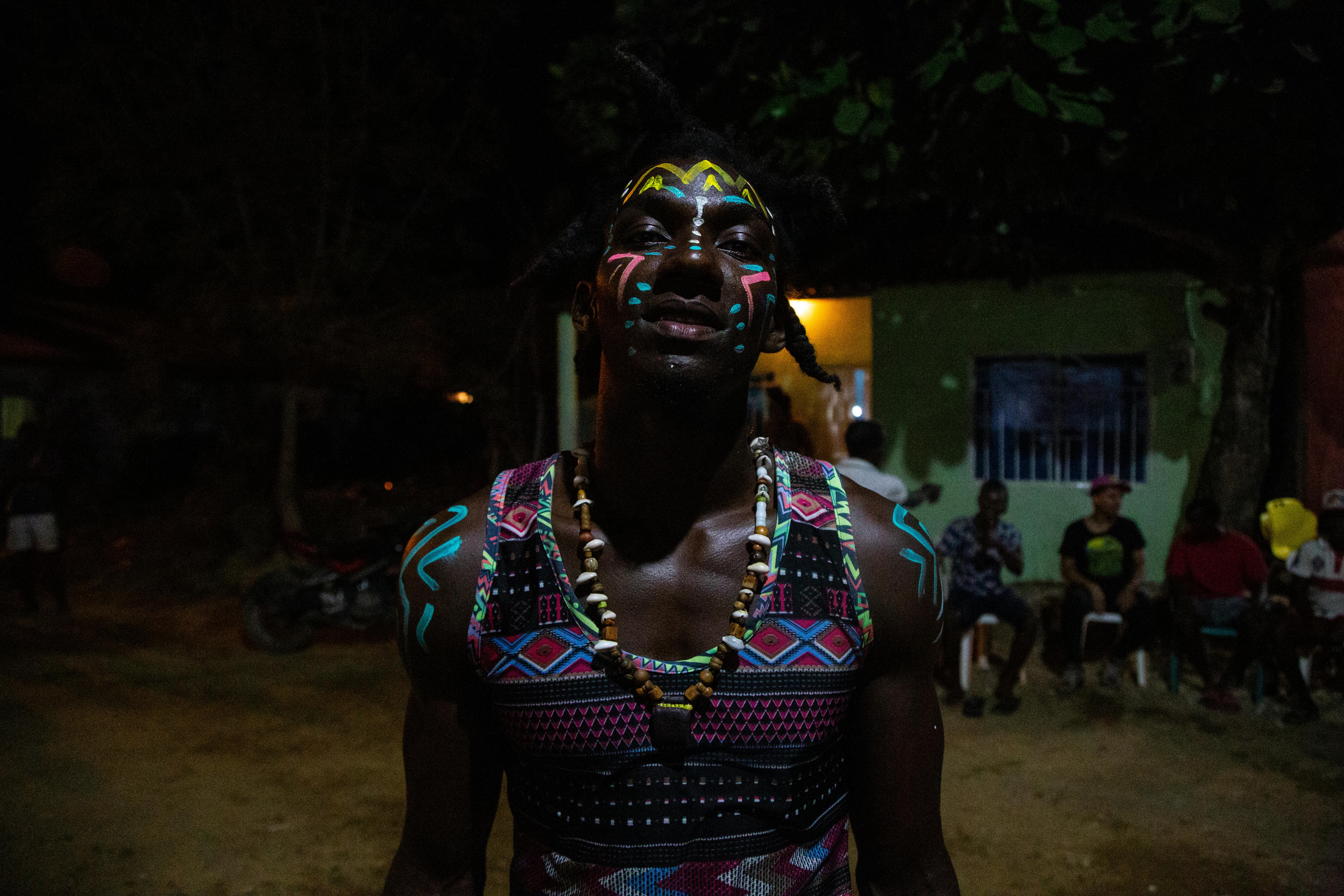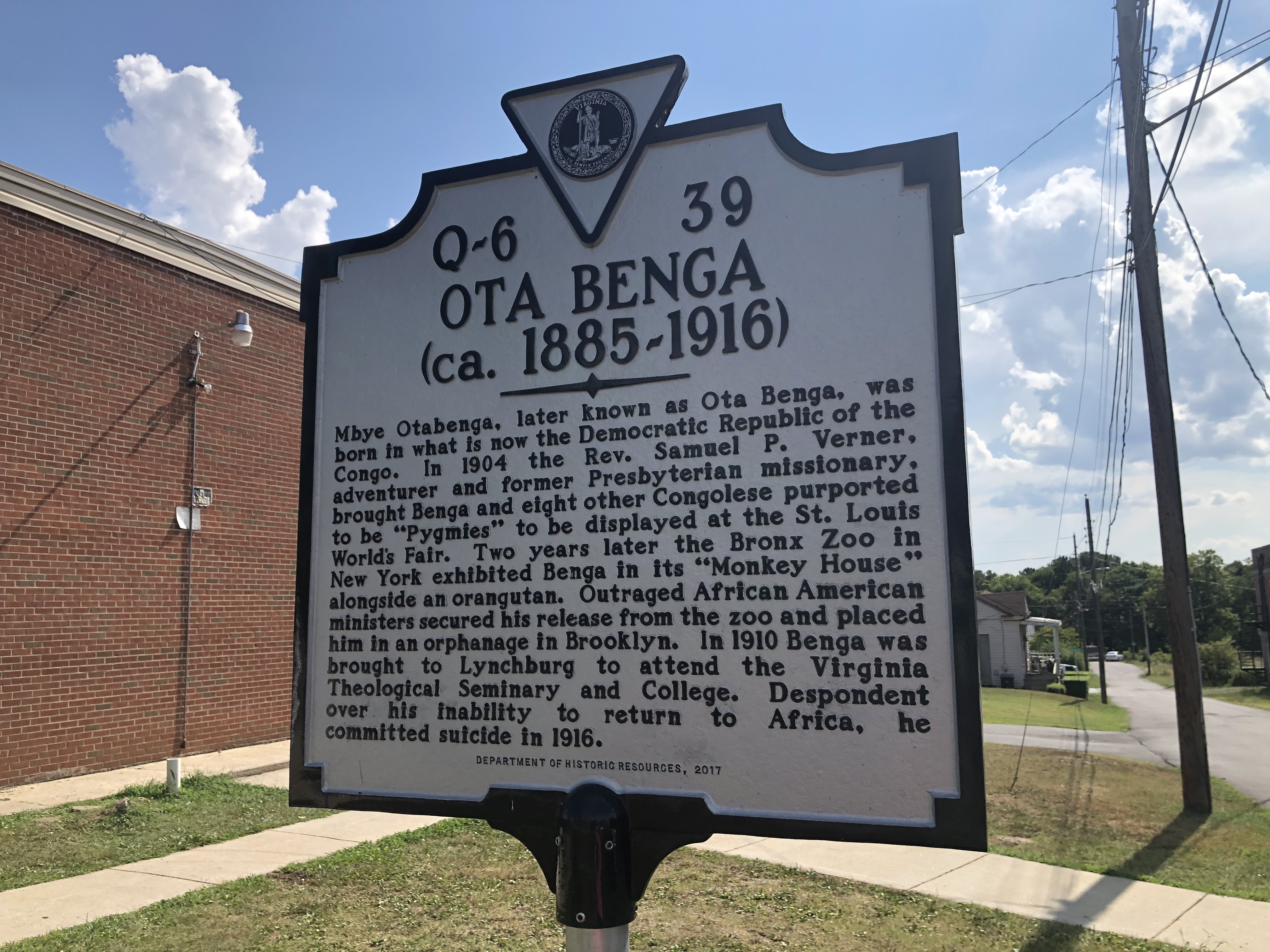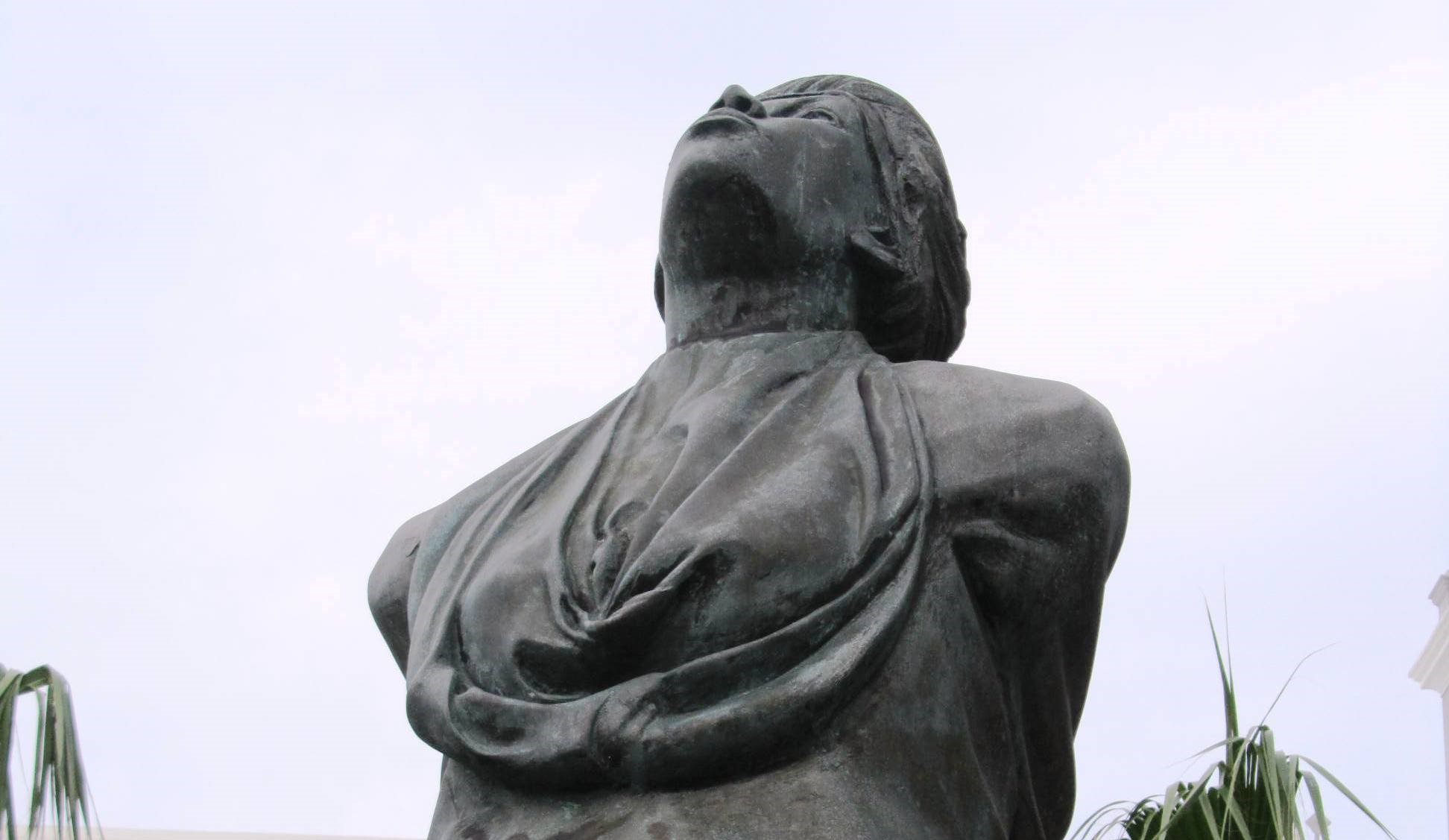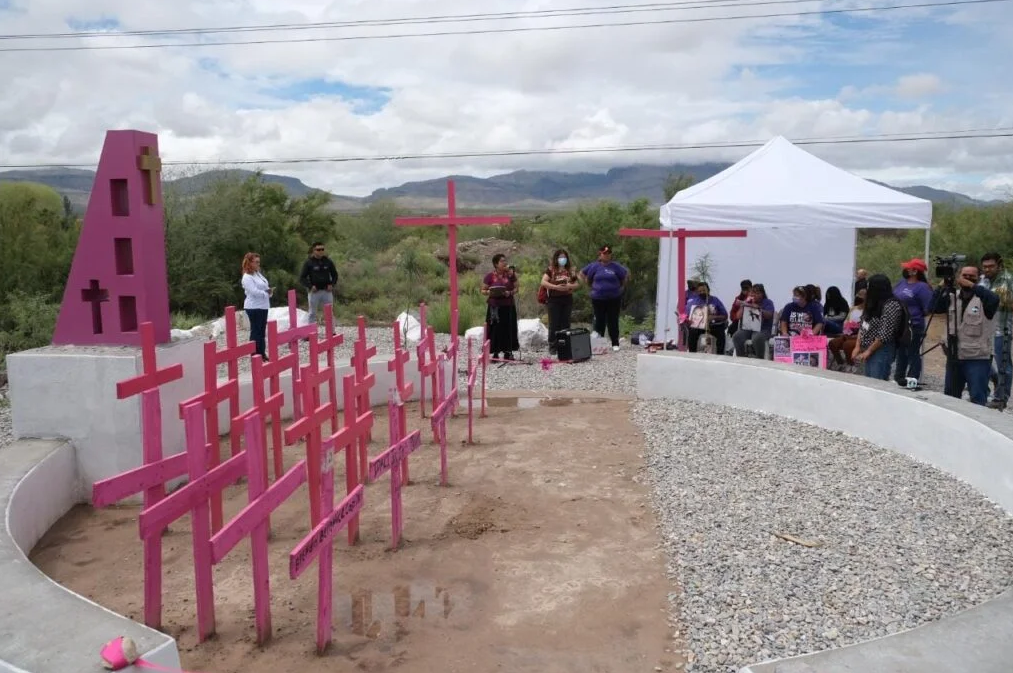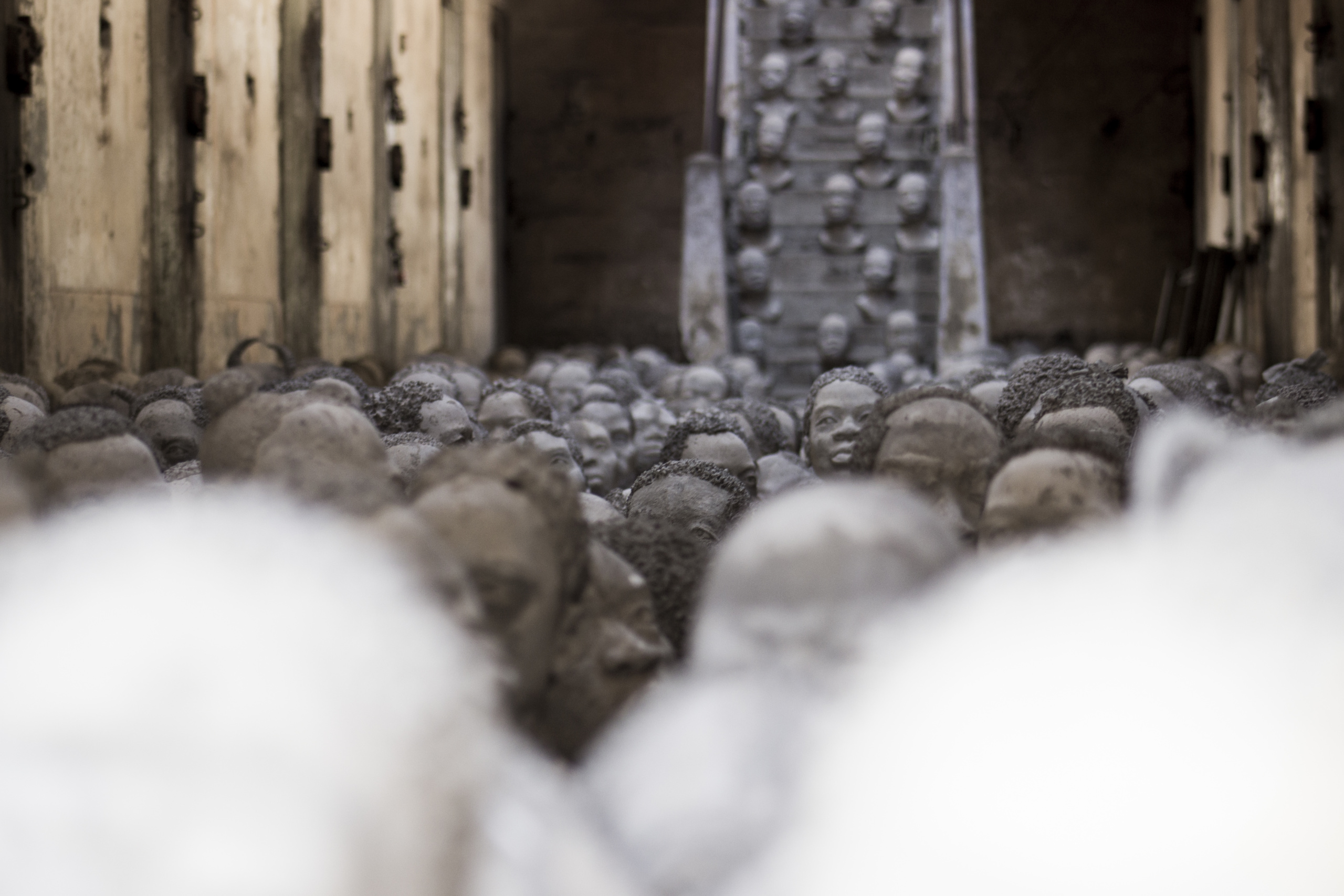Le Morne
Site
Monument
Theme: Slavery

Address
Country
Mauritius
City
Distric of Rivière Noire
Continent
Africa
Theme: Slavery
Purpose of Memory
To commemorate the resistance to slavery.
Institutional Designation
Le Morne
Date of creation / identification / declaration
2008
Public Access
Free. With restricted access to properties.
UNESCO Connection
2008: Registered in the World Heritage list of UNESCO.
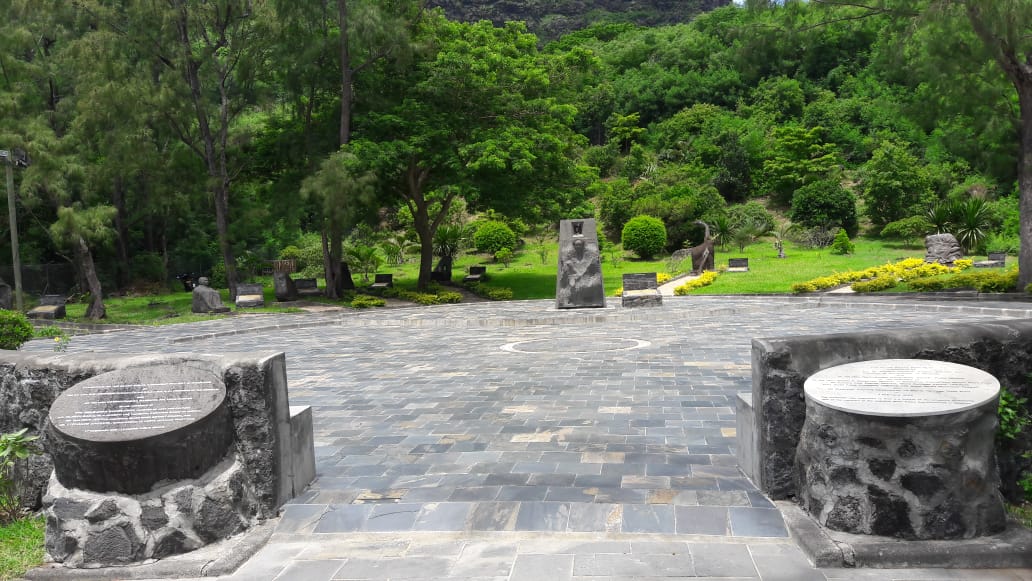
Location description
Le Morne Brabant is a natural monument located at the southwestern end of the island of Mauritius, in the Indian Ocean. It is a mount that symbolizes the resistance to slavery, since it was used as a refuge by slaves who, after running away, hid on its sides and cliffs. At the base of the Le Morne mountain lies the “International Slave Route Monument”, which consists of 10 sculptures; one of them, the central one, was made by a Mauritian artist, and the other nine are displayed in a garden. Six of them were made by artists from Reunion Island, Madagascar, Mozambique, China, India and Malaysia.
During the 16th and 19th centuries, Mauritius was one of the Indian Ocean countries that had a strategical role in slave trade. The Island had been colonized in 1638 by the Dutch, who named it so in honor of Maurice of Nassau, Prince of The Netherlands. The Dutch transformed it into a trade center and created sugar plantations, in which they used slave labor. In 1710, Holland left the colony, which was left under direct control of the French monarchy. In 1810, after the Franco-British war, the island of Mauritius was occupied by the British. It finally became independent in 1968 after living under three colonial regimes.
In 1835, slavery was abolished in the Island of Mauritius. Today, the Mauritian society recognizes that its ancestors were European and Asian settlers, Indian immigrants and African slaves.
The Le Morne mountain on the island of Mauritius is a symbol of resistance to slavery, since its impressive shape served as refuge for people that managed to run away from slavery.
Since the end of the 20th century and through oral tradition, Le Morne peninsula has become a place to commemorate slavery. At the end of the 1990s, a tourism project in Le Morne Brabant gave rise to strong rejection from the inhabitants of the island and initiated the heritage process of the mountain. This movement gave visibility to the creole community (in the Island of Mauritius, “creole” refers to any person that is not Franco-Mauritian or white, Indo-Mauritian, Sino-Mauritian or Muslim. Creole people differ from “people of color” in that the former have a stronger African phenotype). This monument redefined the identity of this community and gave birth to movements and civil and religious organizations that reported the inequalities in Mauritius and demanded political and cultural recognition. The different commemorative speeches that are delivered each 1 February, the Abolition of Slavery Day, exceed the memory of slavery and reflect the construction of a new creole identity based on its relation to Africa, symbolized by the Rastafarian community. This reconstruction of identity values not only the resistance represented by Le Morne but also the victims of slavery in general and their contribution to the construction of the country.
For the first time, on 1 February 2005, Le Morne was the stage of the official commemoration of the anniversary of the abolition of slavery in Mauritius. The next year, the Mauritian government created the Le Morne Heritage Trust Fund for the purpose of managing the heritage of Le Morne in general and the Slave Route international monument in particular. This monument is a part of the UNESCO “Slave Route” project to which the Island of Mauritius officially adhered in 2005 by creating the Slave Route National Committee, which depends on the Ministry of Arts and Culture.
